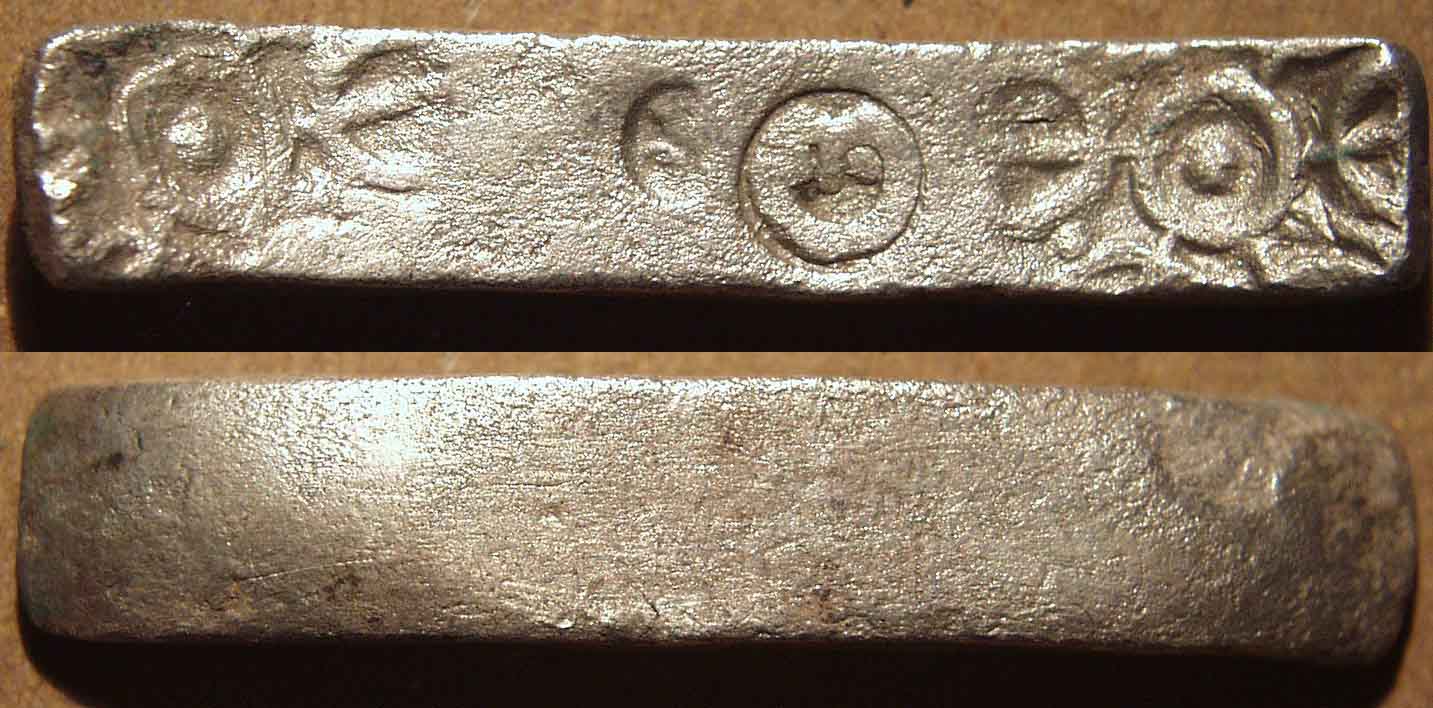
The coins of the Gandhara Janapada are a fascinating aspect of the region's history. These coins are important artifacts that provide valuable insights into the economic, political, and cultural history of the Gandhara region, which is now part of northern Pakistan and eastern Afghanistan. The Gandhara Janapada coinage system underwent significant changes over time, reflecting the influences of various empires and cultures that ruled the region.


The earliest coins from Gandhara were issued during the Achaemenid period, which was from the 6th to the 4th centuries BCE. These coins were primarily made of silver and were heavily influenced by the Persian currency system. The coins had inscriptions in the Persian script and depicted symbols like the Persian king's head and the Persian lion. These coins were used for local trade and for paying taxes to the Persian Empire.

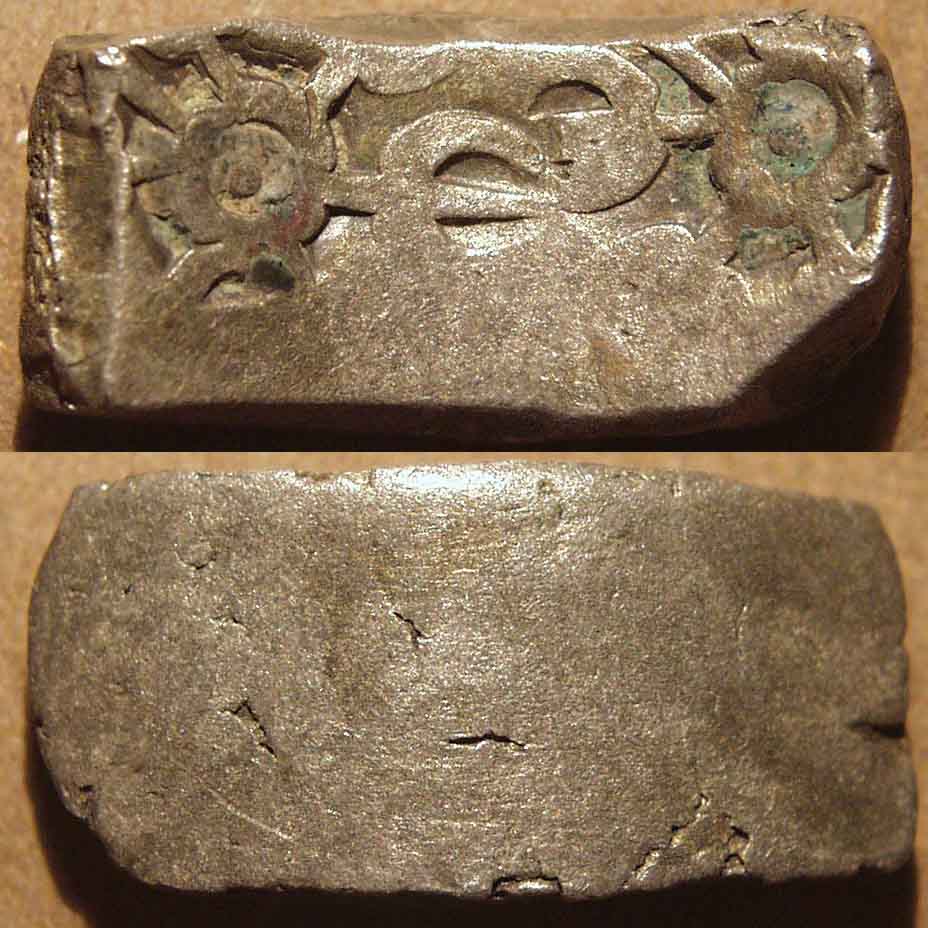
Under the Indo-Greek kings, which was from the 2nd century BCE to the 1st century CE, the Gandhara coins were heavily influenced by the Greek currency system. The coins were made of gold, silver, and copper, and had inscriptions in Greek script. The coins also depicted Greek deities like Zeus, Athena, and Heracles. These coins were used for local trade and for paying taxes to the Indo-Greek kings.


During the Kushan period, which was from the 1st to the 3rd centuries CE, the Gandhara coinage system underwent significant changes. The Kushans introduced the first gold coins in India, which were called dinars. The Kushan coins were made of gold, silver, and copper and had inscriptions in Greek and Kharosthi scripts. The coins also depicted the Kushan kings and gods like Shiva, Buddha, and Mithras. These coins were used for local and long-distance trade, as the Kushan Empire had extensive trade relations with other regions like China, Rome, and Parthia.

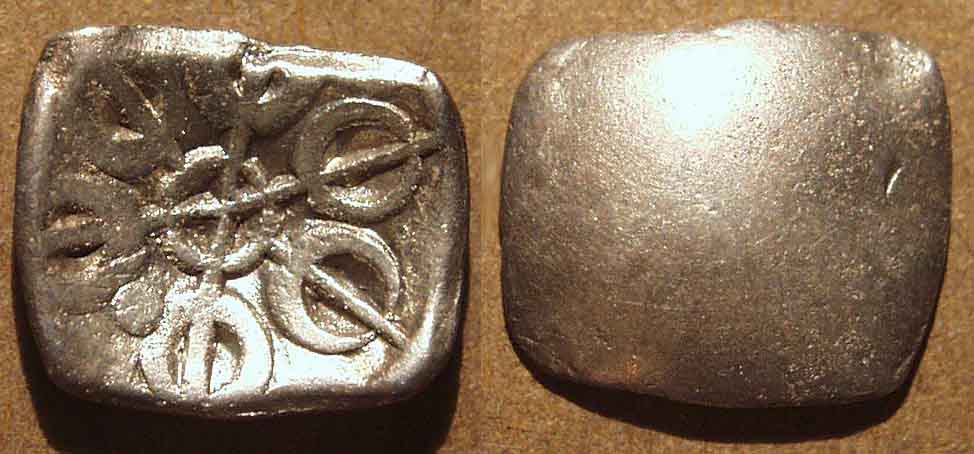
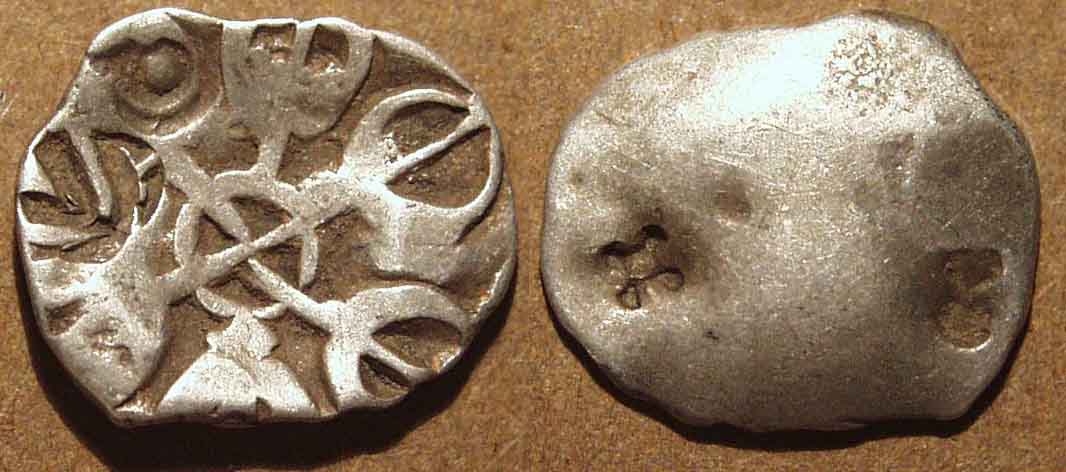
After the decline of the Kushan Empire, the Gandhara coinage system went through several changes. The coins were made of silver and copper, and had inscriptions in Kharosthi and Brahmi scripts. The coins from the later periods of Gandhara were often crude in design and execution, indicating a decline in the economic and political status of the region.

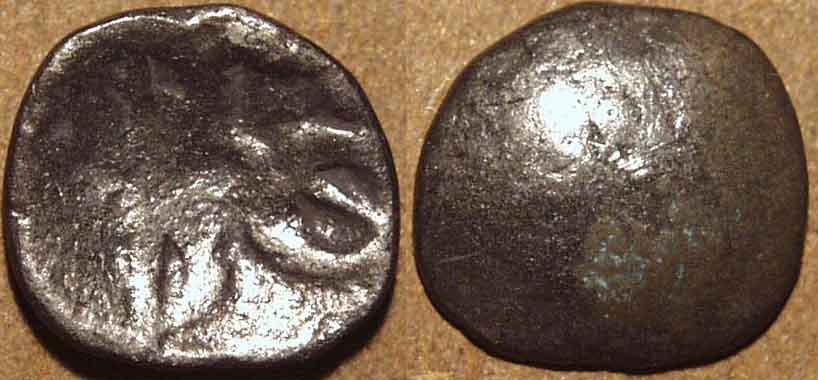
The coins of the Gandhara Janapada are an important source of information about the region's history. These coins reflect the influences of various empires and cultures that ruled the region and provide valuable insights into the economic, political, and cultural history of the Gandhara region.

Today, the Gandhara coins are valuable artifacts, providing valuable insights into the economic, political, and cultural history of the region
Don't take this post as a financial advice, It's just an informational post. DYOR before investing in Silver.
Images Source Source
Posted Using LeoFinance Beta